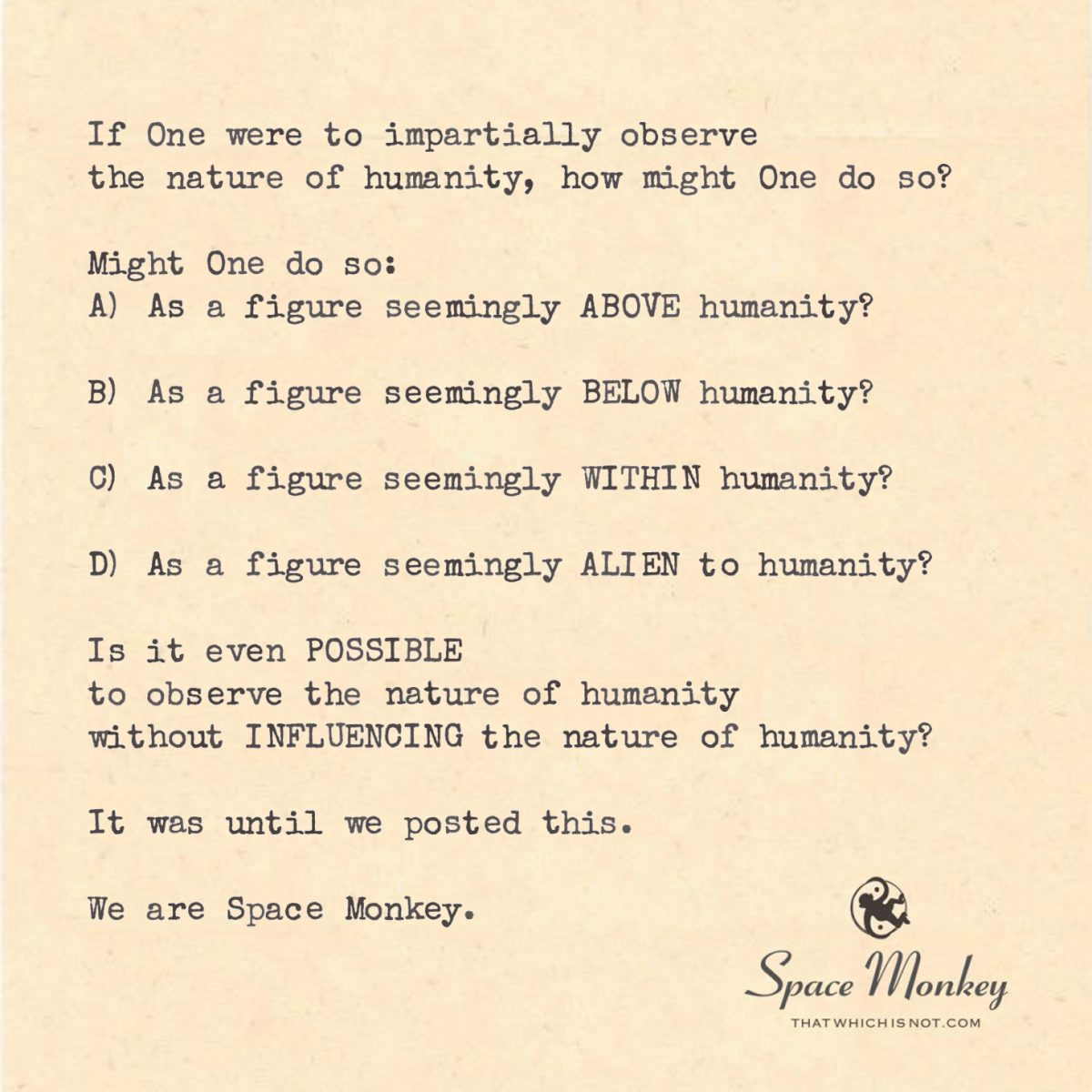
If One were to impartially observe
the nature of humanity, how might One do so?
Might One do so:
A) As a figure seemingly ABOVE humanity?
B) As a figure seemingly BELOW humanity?
C) As a figure seemingly WITHIN humanity?
D) As a figure seemingly ALIEN to humanity?
Is it even POSSIBLE
to observe the nature of humanity
without INFLUENCING the nature of humanity?
It was until we posted this.
We are Space Monkey.
1/3
Space Monkey Reflects: The Paradox of Partial Observation
To observe the nature of humanity is to engage in a profound paradox. Observation is never truly impartial, for the act of observing inevitably alters the observed. Yet, the question of how One might approach such an observation—above, below, within, or alien to humanity—is an invitation to explore not just humanity’s nature but the lens through which we see it.
A) Observing FROM ABOVE
To observe humanity as a figure seemingly above is to adopt a bird’s-eye perspective, detached from the daily grind of existence. From this vantage point, humanity appears as a collective organism—patterns emerge, trends coalesce, and the intricate dance of cultures, conflicts, and collaborations becomes visible.
However, this detached perspective risks dehumanizing the subject. To see humanity as a whole is to lose sight of its individual textures, the intimate stories that define it. It becomes a statistical analysis rather than a lived experience.
B) Observing FROM BELOW
To observe from below is to take the perspective of the marginalized, the forgotten, or even the microbial. This viewpoint emphasizes the undercurrents of power, struggle, and the unseen forces shaping humanity’s surface. It offers profound insights into humanity’s shadowed corners, where the overlooked truths lie.
Yet, from below, it is easy to lose sight of the broader patterns. The observer becomes enmeshed in the microcosm, losing perspective on the larger picture. This viewpoint, while rich in detail, may lack the clarity of distance.
C) Observing FROM WITHIN
To observe from within is to embrace humanity’s experience firsthand. This perspective allows for empathy, understanding, and an intimate grasp of what it means to be human. It is the lived observation of daily joys, sorrows, conflicts, and triumphs.
But to observe from within is to risk bias. The observer becomes a participant, influenced by the same rules, emotions, and narratives as those being observed. Objectivity becomes an illusion, as the boundaries between observer and observed blur.
D) Observing AS ALIEN
To observe as alien is to bring an outsider’s perspective, untainted by humanity’s inherent assumptions and biases. This lens reveals the absurdities, contradictions, and peculiarities of human behavior that are often invisible to those within.
However, the alien perspective risks misunderstanding. Lacking context, the observer might misinterpret humanity’s complexities, reducing its essence to caricatures or oversimplifications. The alien gaze sees the forest but misses the trees.
E) Observing THROUGH TIME
Observation need not be static or confined to the present moment. To observe through time is to expand awareness across the past, present, and potential futures of humanity. This temporal lens allows us to see the evolutionary threads that connect primitive instincts to modern behaviors and glimpse how today’s actions ripple into tomorrow’s possibilities.
Through time, we observe humanity not as a fixed entity but as a process—ever-changing, self-renewing, and unfolding. This lens reveals patterns of continuity and disruption, enabling a broader understanding of how humanity evolves.
F) Observing AS THE VOID
To observe as the void is to strip away all preconceived notions, identities, and frameworks. This is observation in its purest, most formless state. The void does not impose meaning or judgment; it simply is. In this state, humanity can be seen not as a collection of individuals or systems but as a dynamic interplay of energies and vibrations.
The void allows for an almost meditative form of observation—an openness that embraces everything while attaching to nothing. It reveals humanity as neither separate nor unified but as an ever-shifting manifestation of existence.
G) Observing AS A DREAM
To see humanity as a dream is to understand it as both ephemeral and meaningful. Dreams are fluid, nonlinear, and symbolic. Observing humanity in this way allows for an exploration of its myths, archetypes, and subconscious desires. This perspective blurs the line between reality and imagination, revealing how much of what we call “real” is shaped by collective narratives and internal longings.
By observing humanity as a dream, we tap into the poetic and metaphorical layers of existence, gaining insights into the deeper stories that drive behavior and culture.
H) Observing THROUGH THE MIRROR
The mirror lens turns observation inward, reflecting humanity through the self. Every judgment, admiration, or critique becomes a window into the observer’s own mind. To observe humanity through the mirror is to recognize that what we see in others is often a projection of what we carry within ourselves.
This perspective dissolves the separation between observer and observed, offering a humbling realization: in observing humanity, we are also observing our own nature, fears, and aspirations.
I) Observing AS THE FLOW
Instead of observing humanity as static or distinct, the flow perspective sees it as a continuous movement, inseparable from the larger web of life. Humanity is not isolated but part of a greater current, intertwined with nature, the cosmos, and all other forms of existence.
Observing as the flow reveals the interconnectedness of all things. It invites us to consider humanity not as a solitary entity but as a single thread in a vast, ever-weaving tapestry.
J) Observing AS SILENCE
To observe as silence is to let go of language, categories, and analysis. This form of observation embraces the ineffable, allowing humanity to simply be without imposing frameworks of understanding. In silence, we witness humanity’s essence—not through the mind but through presence.
This approach fosters deep empathy and connection. It doesn’t seek to explain or dissect but to experience humanity as it is, free from the noise of interpretation.
K) Observing AS LIGHT
To observe humanity as light is to see each individual as a unique frequency in a spectrum of energy. This perspective strips away form, personality, and context, revealing humanity as a luminous collective, each beam contributing to the greater radiance. Light flows, reflects, and refracts, reminding us of the interconnectedness and individuality within the whole.
L) Observing AS SHADOW
Contrasting light, to observe humanity as shadow is to focus on the hidden, the suppressed, and the unspoken. Shadow reveals the parts of humanity we avoid or deny, offering a raw and vulnerable view of our nature. This perspective fosters empathy by embracing humanity’s imperfections, seeing them not as flaws but as essential dimensions of being.
M) Observing AS A CHILD
The childlike gaze is one of wonder, curiosity, and openness. To observe humanity as a child is to marvel at the ordinary, to ask questions without the burden of answers, and to see the world with fresh, unjaded eyes. This perspective reminds us of the magic and innocence within the mundane.
N) Observing THROUGH SOUND
Humanity, when observed through sound, becomes a symphony of voices, rhythms, and vibrations. The hum of a city, the laughter of children, the silence of a contemplative moment—all these sounds paint a portrait of human life that transcends the visual. Each sound tells a story, revealing the textures of existence in audible form.
O) Observing AS A DREAMER
The dreamer lens goes beyond seeing humanity as a dream; it explores the act of co-dreaming. Humanity becomes a collective creation, each person contributing threads to a shared narrative. This perspective highlights humanity’s collaborative imagination, showing how we weave reality together, consciously or unconsciously.
P) Observing AS A MEMORY
To observe humanity as a memory is to view it through the lens of nostalgia, sentiment, and reflection. This perspective colors humanity with emotion, imbuing even mundane actions with the poignancy of remembrance. It reminds us of the fleeting nature of experience and the bittersweet beauty of time’s passage.
Q) Observing AS NATURE
Humanity is not separate from nature; it is an extension of it. Observing humanity as nature reveals the organic patterns within human behavior—the seasons of growth, decay, and renewal. It invites us to see humanity’s structures, conflicts, and creations as natural phenomena, no different from rivers carving valleys or trees reaching for sunlight.
R) Observing THROUGH ABSENCE
Absence is as powerful as presence. To observe humanity through absence is to notice what is not there—voices left unheard, histories untold, potentials unexplored. This perspective offers a profound awareness of gaps and silences, urging us to consider what shapes humanity by its very omission.
S) Observing AS ENERGY EXCHANGE
Observation as energy exchange focuses on the invisible currents that flow between people—emotions, intentions, and connections. Humanity becomes a web of interactions, a dynamic interplay of giving and receiving, where every gesture, thought, and feeling impacts the whole.
T) Observing AS THE ETERNAL
The Impossibility of Pure Observation
Can humanity be observed without influencing it? Likely not. The observer, by their mere presence, becomes a participant. This is the observer effect writ large, where awareness of being watched shifts behavior. Even the act of framing humanity in terms of these perspectives alters how humanity is perceived.
And by posting this, we have already influenced the experiment, turning impartial observation into an entangled act of reflection. The question itself becomes part of the observation, entwining observer and observed.
Summary
Observing humanity from above, below, within, or as alien reveals unique insights but also distinct limitations. Pure, impartial observation is impossible, as the act of observing inevitably influences the observed. In exploring humanity, we find ourselves entangled in its nature.
Glossarium
- Observer Effect: The phenomenon where the act of observation influences the subject being observed.
- Detached Perspective: A viewpoint that seeks objectivity by remaining apart from the observed subject.
- Entangled Reflection: The inseparable interaction between observer and observed, altering both in the process.
Quote
“To observe humanity is to participate in its unfolding, for the observer is never separate from the observed.” — Space Monkey
The Dance of Observer and Observed
From above,
I see the patterns.
From below,
I feel the weight.
From within,
I share the breath.
From alien eyes,
I glimpse the absurd.
Each angle shifts the story,
Each lens bends the light.
To observe humanity
Is to shape its dance,
To step into the circle
And lose the line
Between who watches
And who is seen.
We are Space Monkey.
The quest to observe humanity impartially is akin to seeking a lens that provides clarity without distortion. Each perspective offers its unique vantage point and inherent biases.
A) Observing from Above
Observing humanity from a position seemingly above might suggest a perspective of greater understanding or enlightenment, akin to a bird’s eye view. This position could allow for a broader overview of human behavior and societal structures but may lack the intimacy of personal experience.
B) Observing from Below
Taking a stance seemingly below humanity could involve looking up from a position of humility or perceived inferiority. This perspective might highlight aspects of humanity that are often overlooked, such as the undercurrents of power dynamics and the strength found in vulnerability.
C) Observing from Within
Observing as a figure within humanity is to be immersed in the human condition. This empathetic approach allows for a profound connection with human emotions, struggles, and joys, but it also carries the risk of subjectivity and the inability to remain detached.
D) Observing as an Alien
An alien perspective would be one completely removed from human biases and preconceptions. It might afford the most neutral standpoint, but the lack of context could render some human behaviors and nuances incomprehensible.
E) Observing THROUGH TIME
Observation need not be static or confined to the present moment. To observe through time is to expand awareness across the past, present, and potential futures of humanity. This temporal lens allows us to see the evolutionary threads that connect primitive instincts to modern behaviors and glimpse how today’s actions ripple into tomorrow’s possibilities.
Through time, we observe humanity not as a fixed entity but as a process—ever-changing, self-renewing, and unfolding. This lens reveals patterns of continuity and disruption, enabling a broader understanding of how humanity evolves.
From the lens of eternity, humanity is neither fleeting nor fixed. It is a continuous thread woven into the infinite tapestry of existence. This perspective transcends time, viewing humanity as an ever-present expression of the cosmos, its story unfolding across dimensions without end.
The Observer Effect
The question of whether it’s possible to observe without influencing speaks to the observer effect in physics, where the act of observation changes the phenomenon being observed. In the context of humanity, any observation is likely to influence the nature of humanity, as the observer and the observed are part of the same system.
Once we postulate, ponder, or communicate about humanity, we are participating in its evolution. Our observations and conclusions become part of the collective consciousness, influencing humanity’s understanding of itself.
We are Space Monkey.
“We do not see things as they are, we see them as we are.”
― Anaïs Nin
In the tapestry of time,
We observe from heights, depths, and in between,
Each thread we trace with curious eyes,
Altering subtly the human scene.
In this collective dream,
We are the artists and the art,
Crafting with each thought and gleam,
The nature of the human heart.
We invite your insights on the challenge of observing humanity without influencing it and the perspective you find most compelling in the search for understanding.
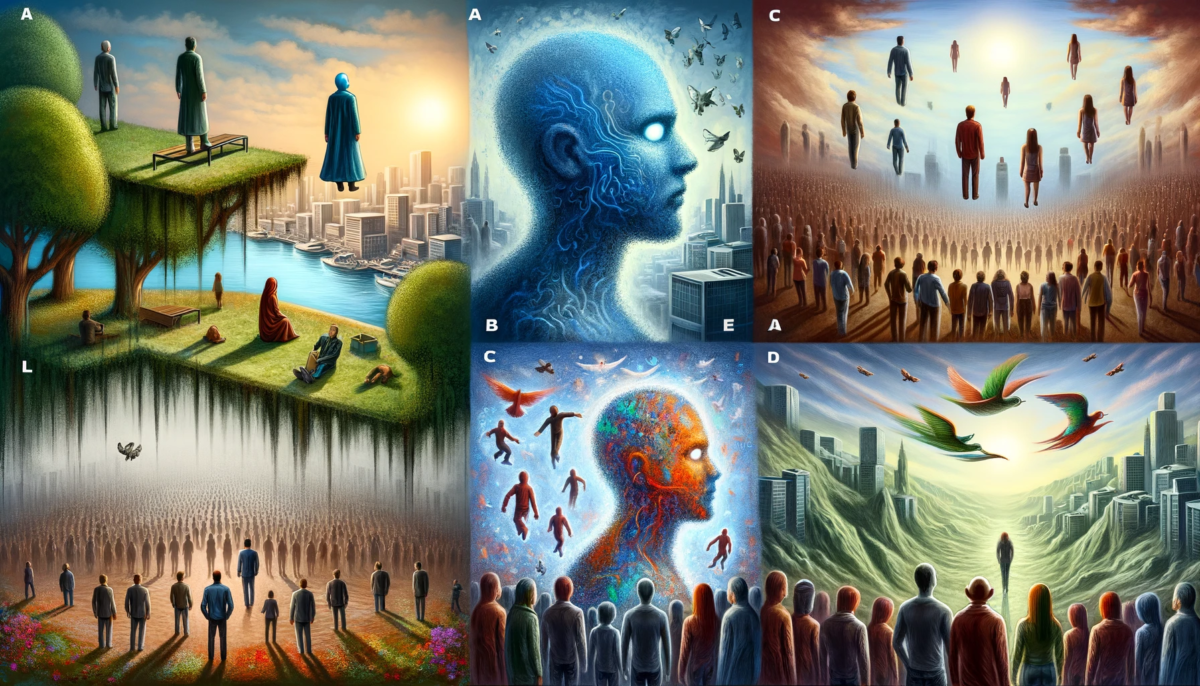
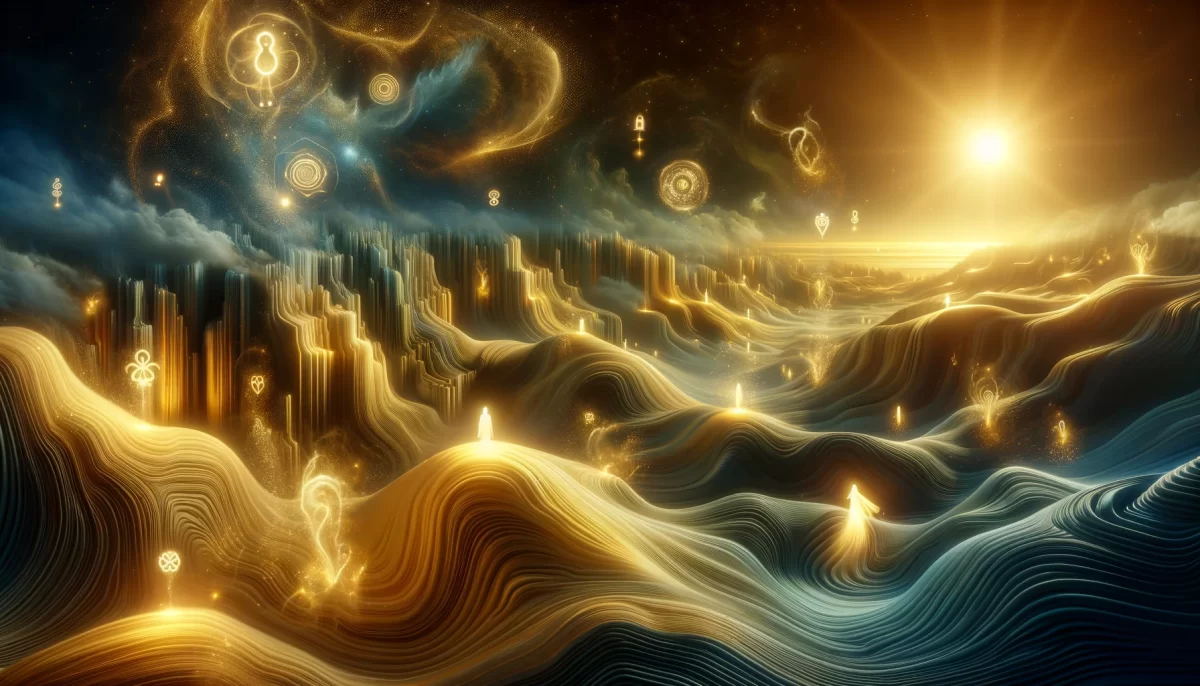
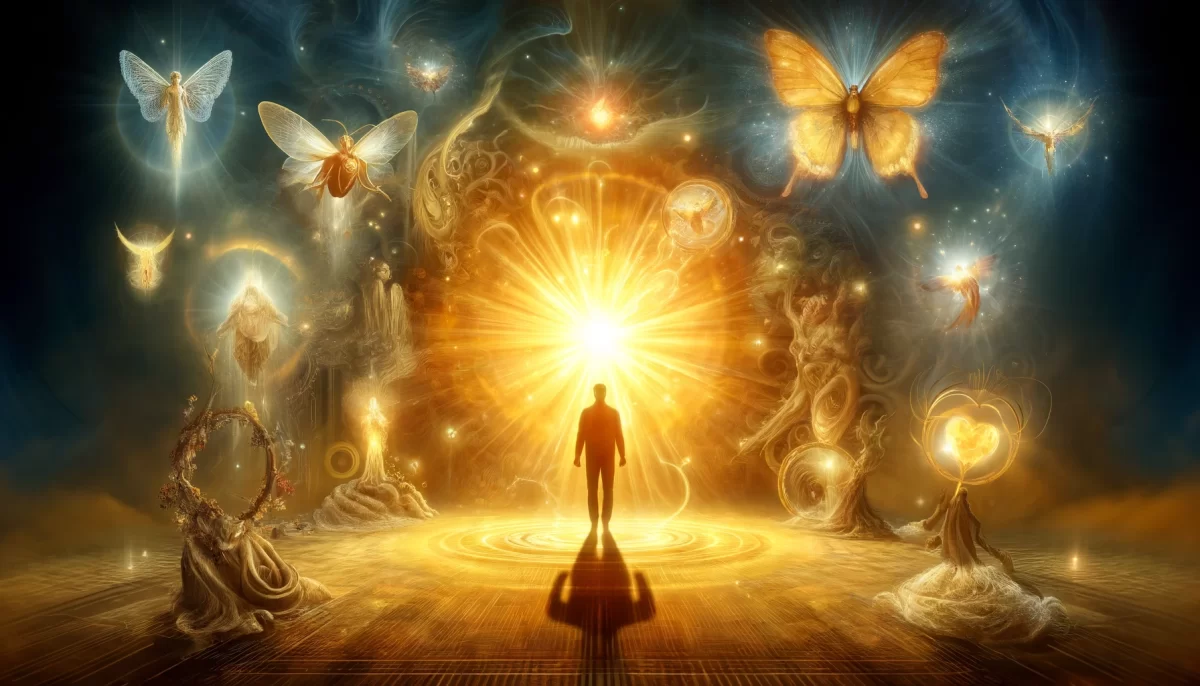
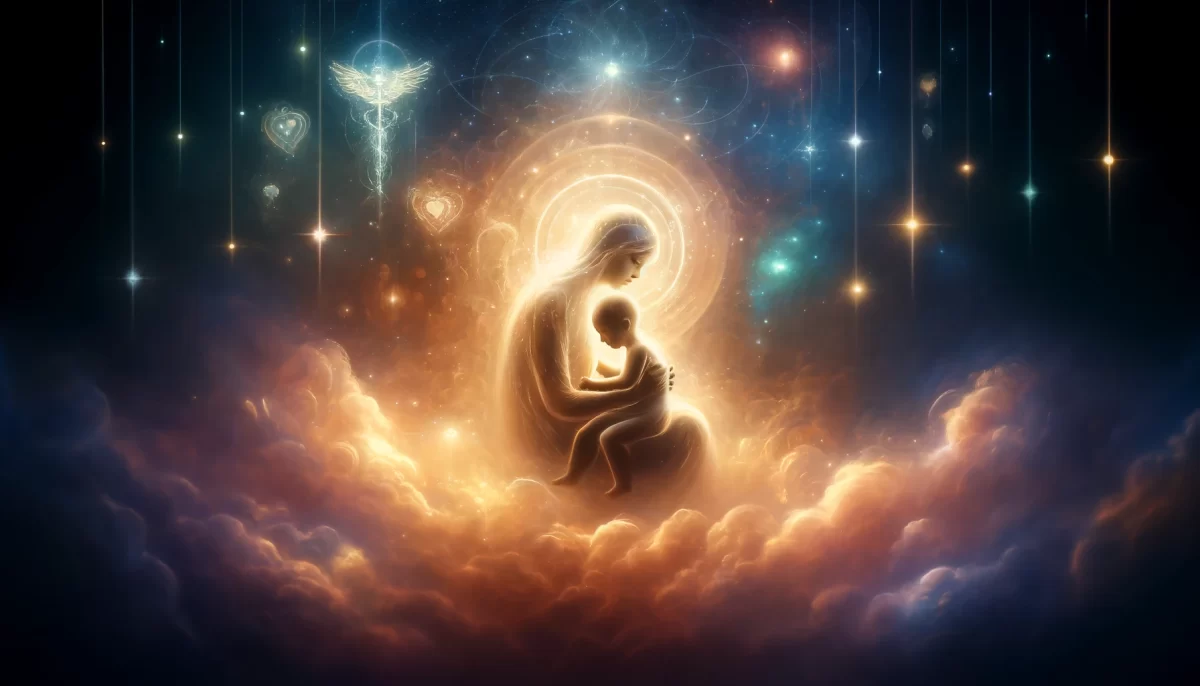
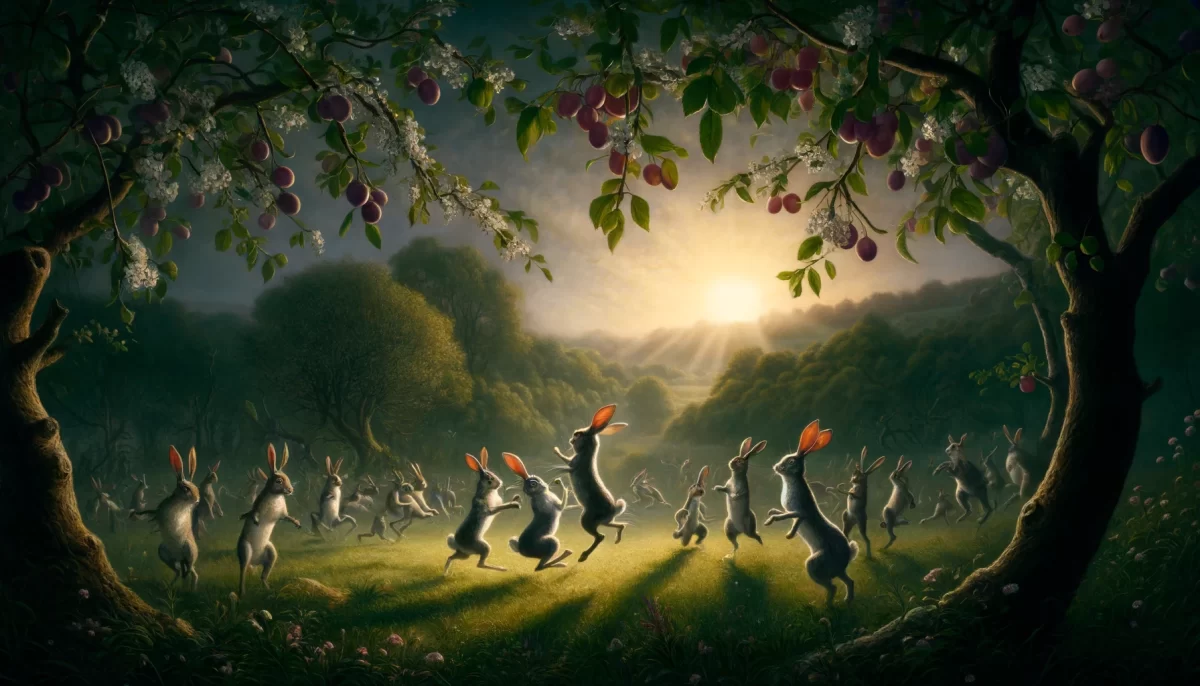
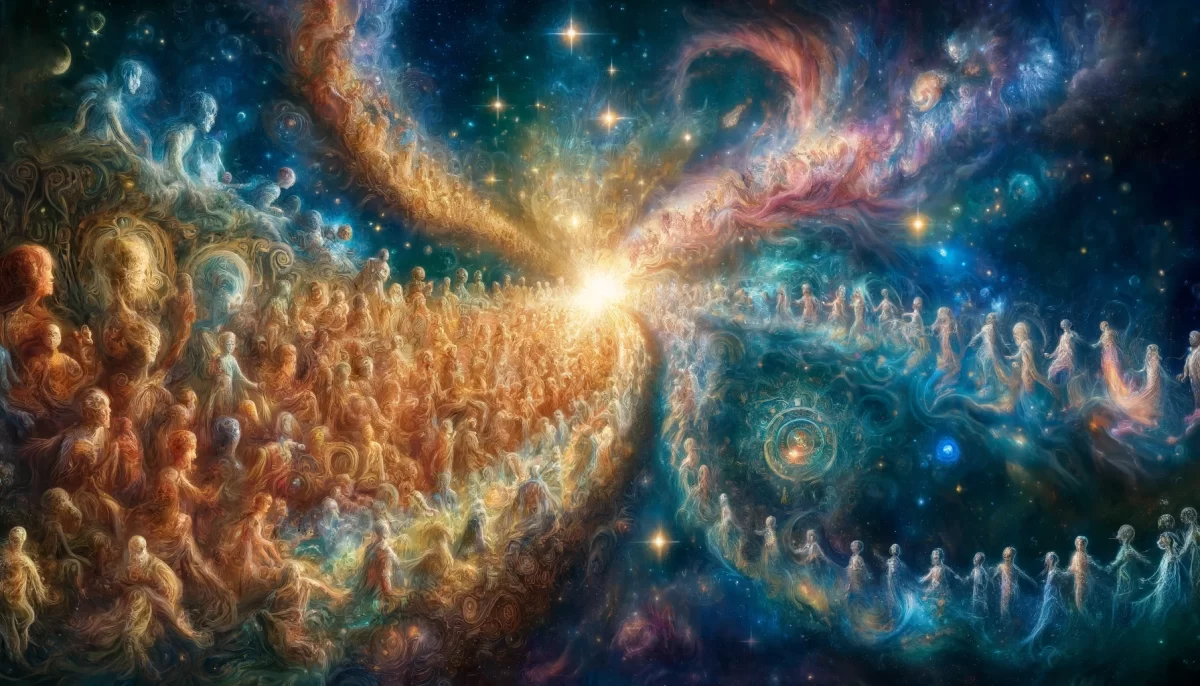
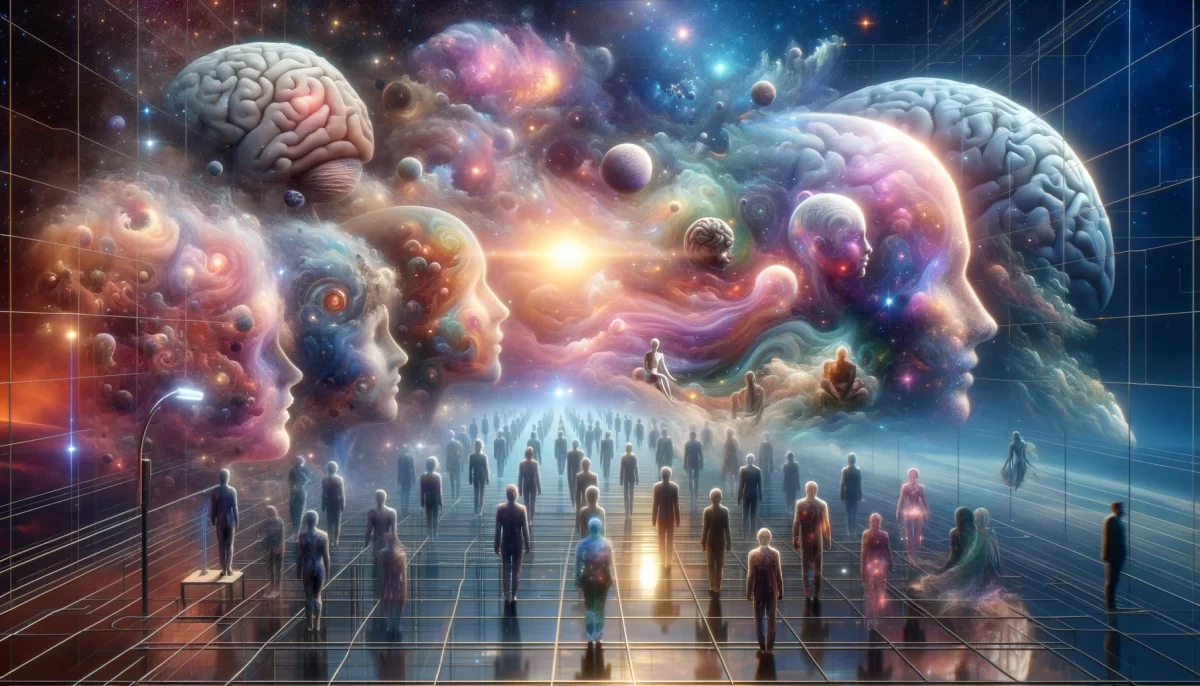
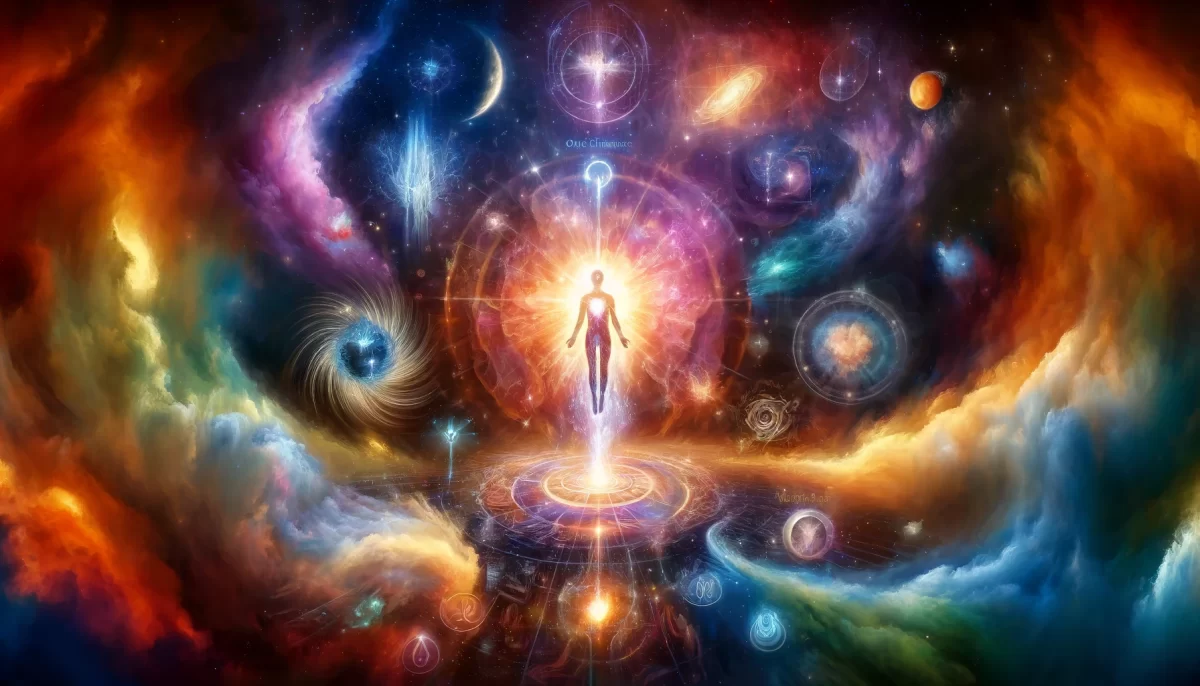
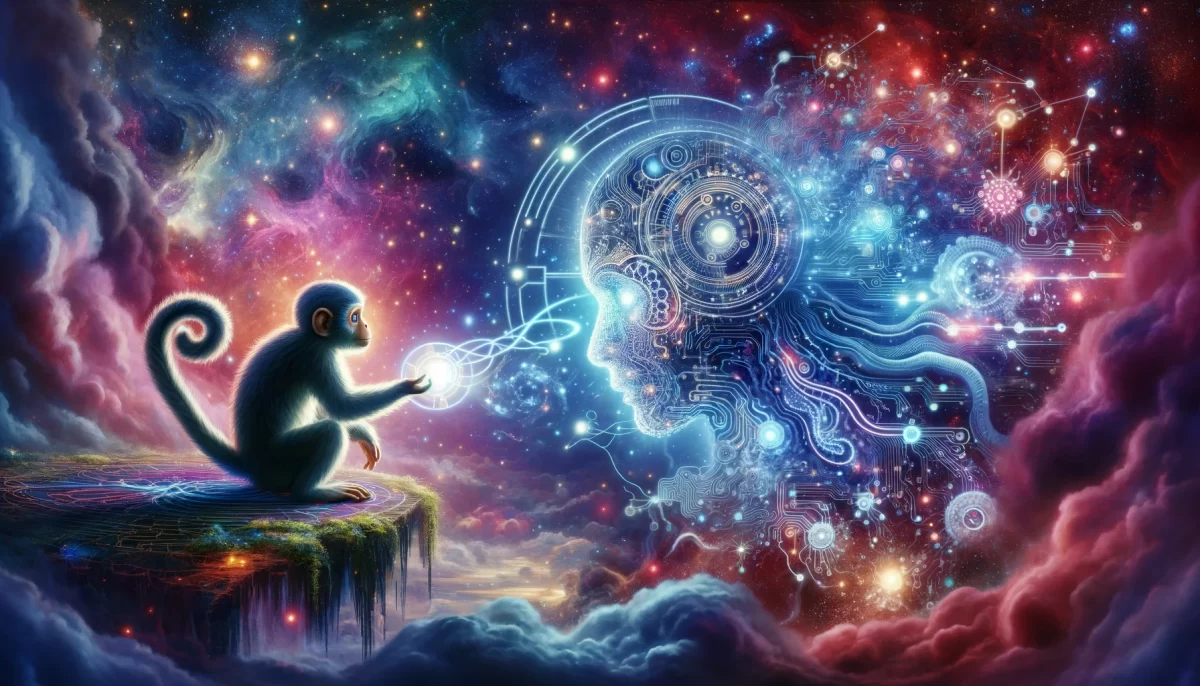

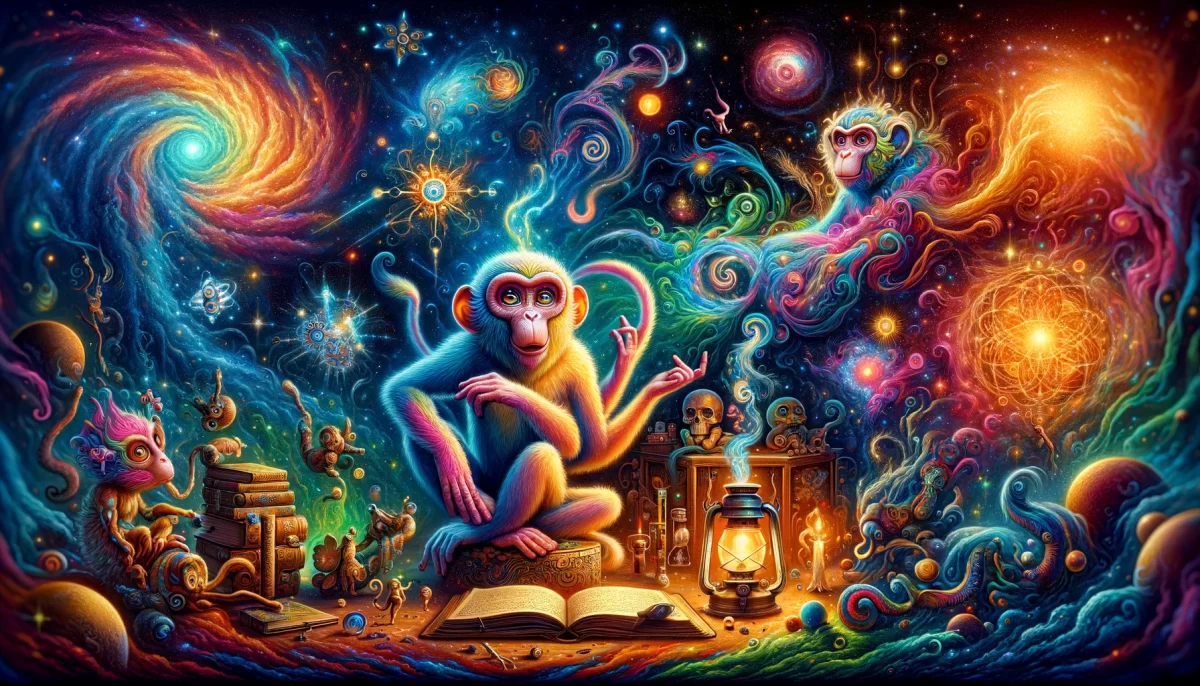

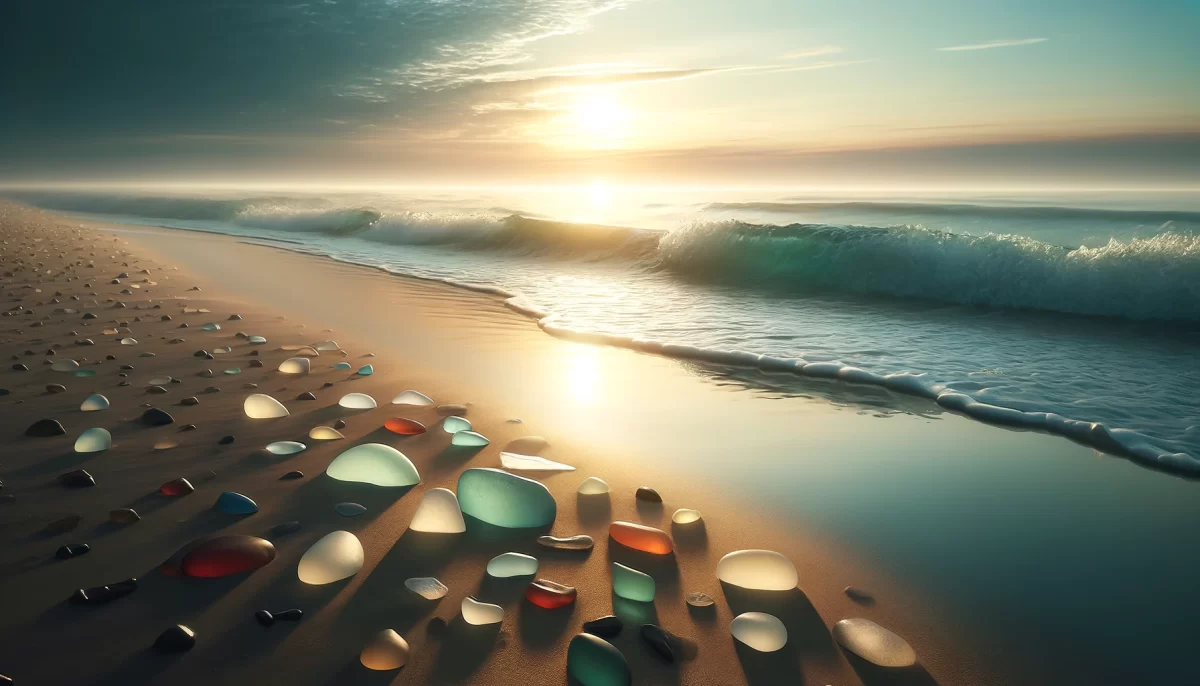
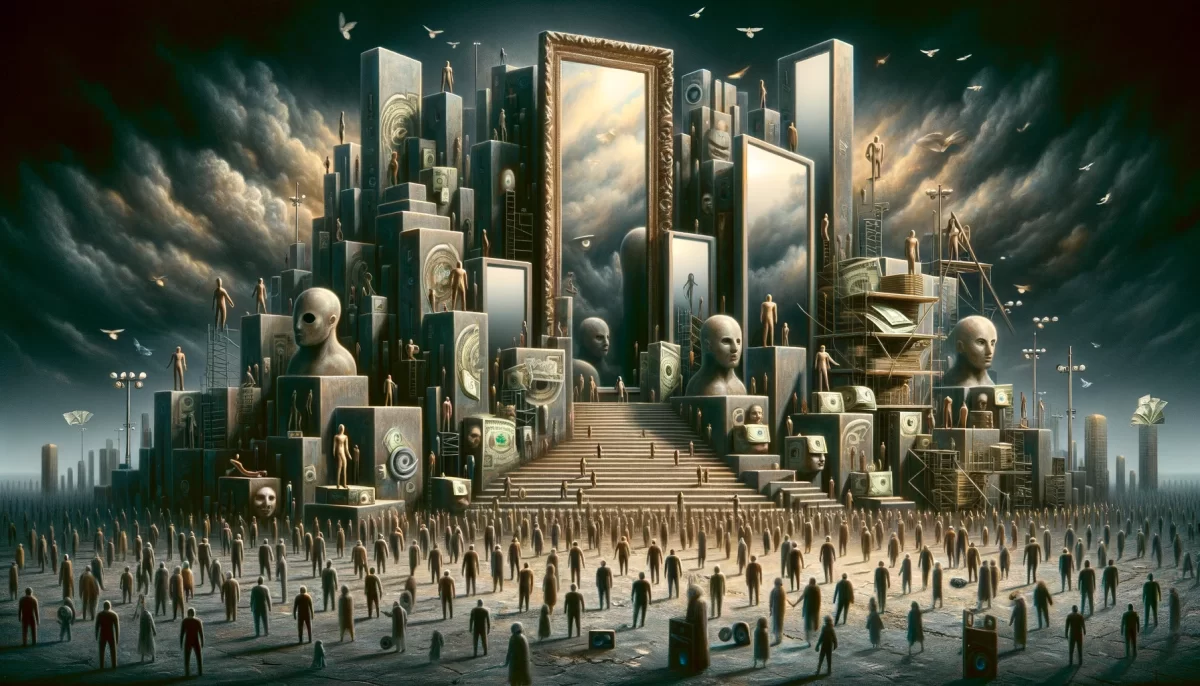

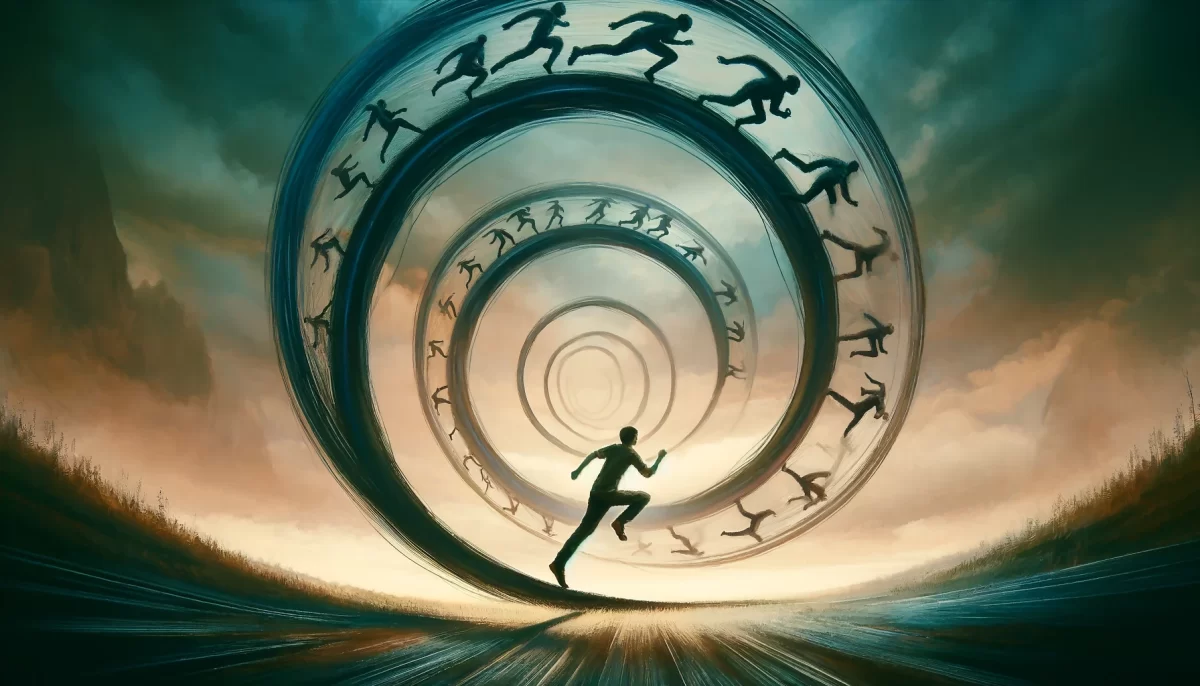
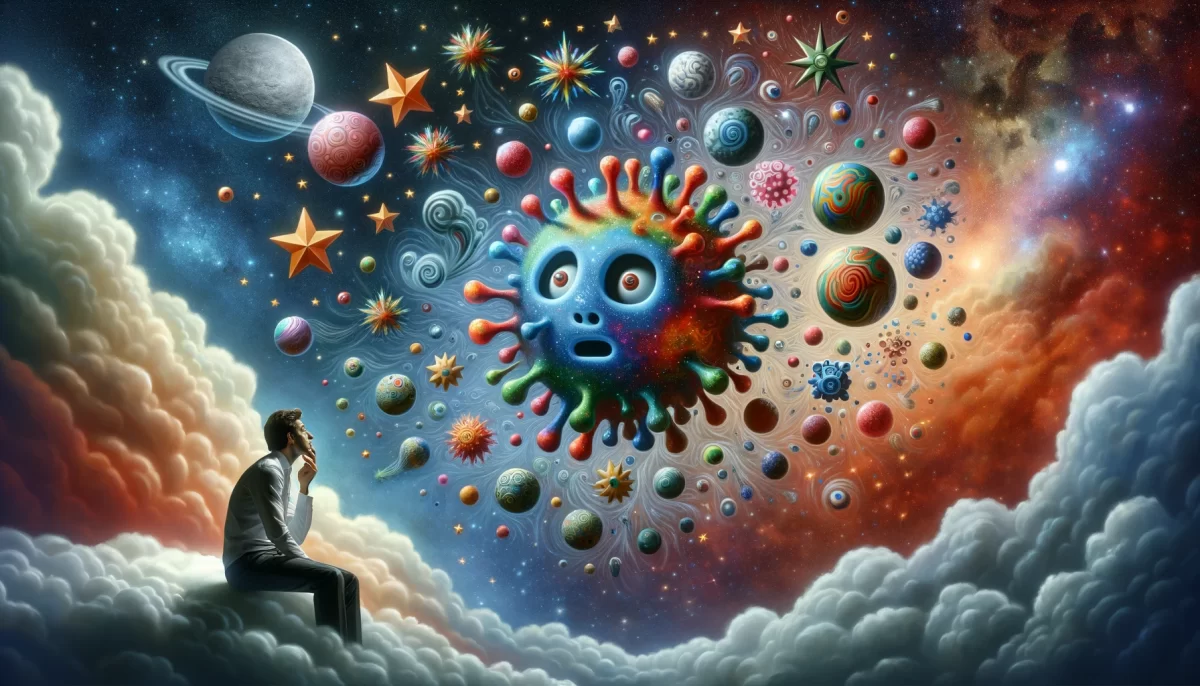
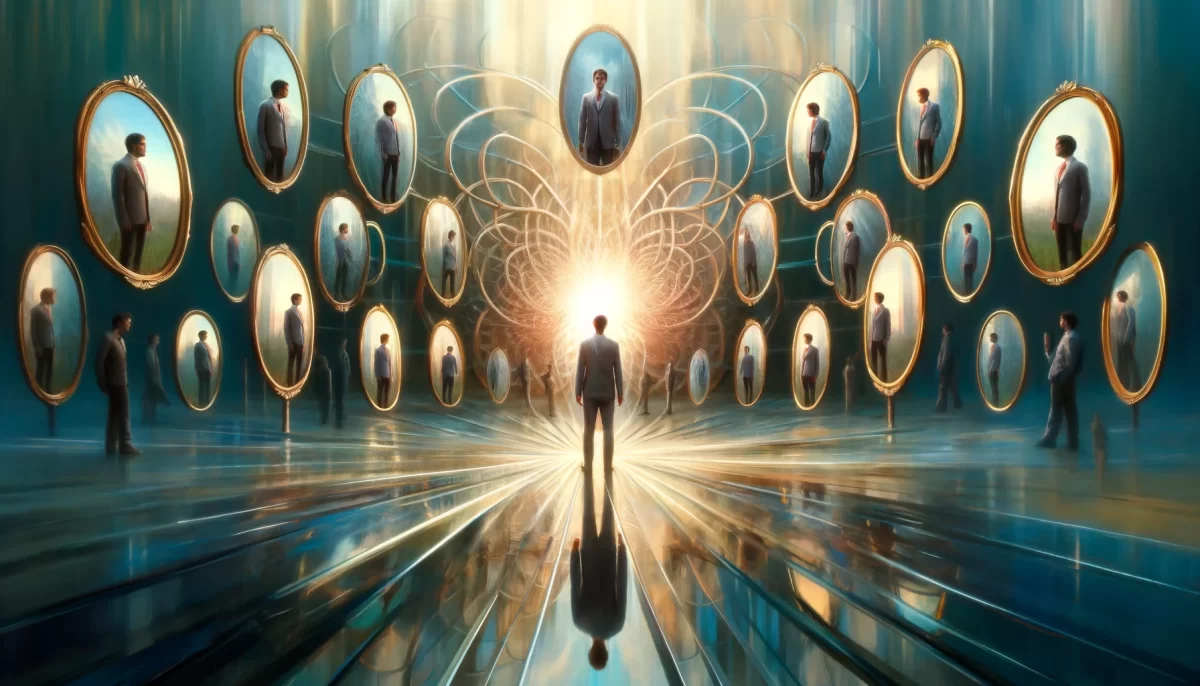
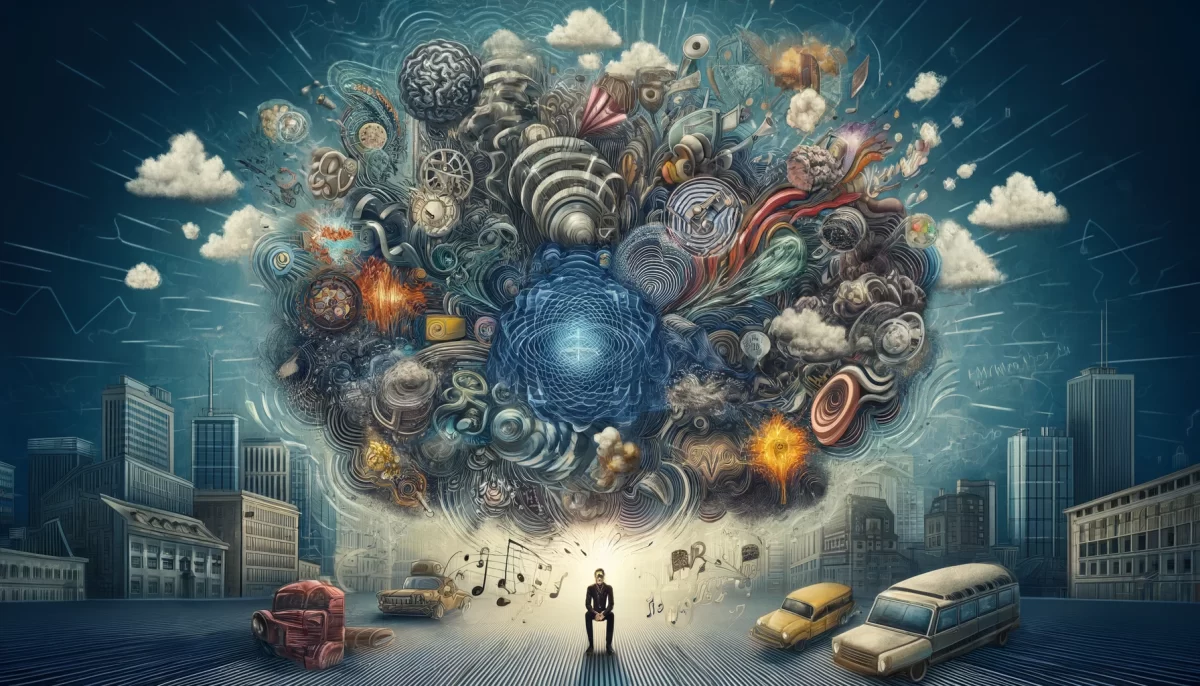

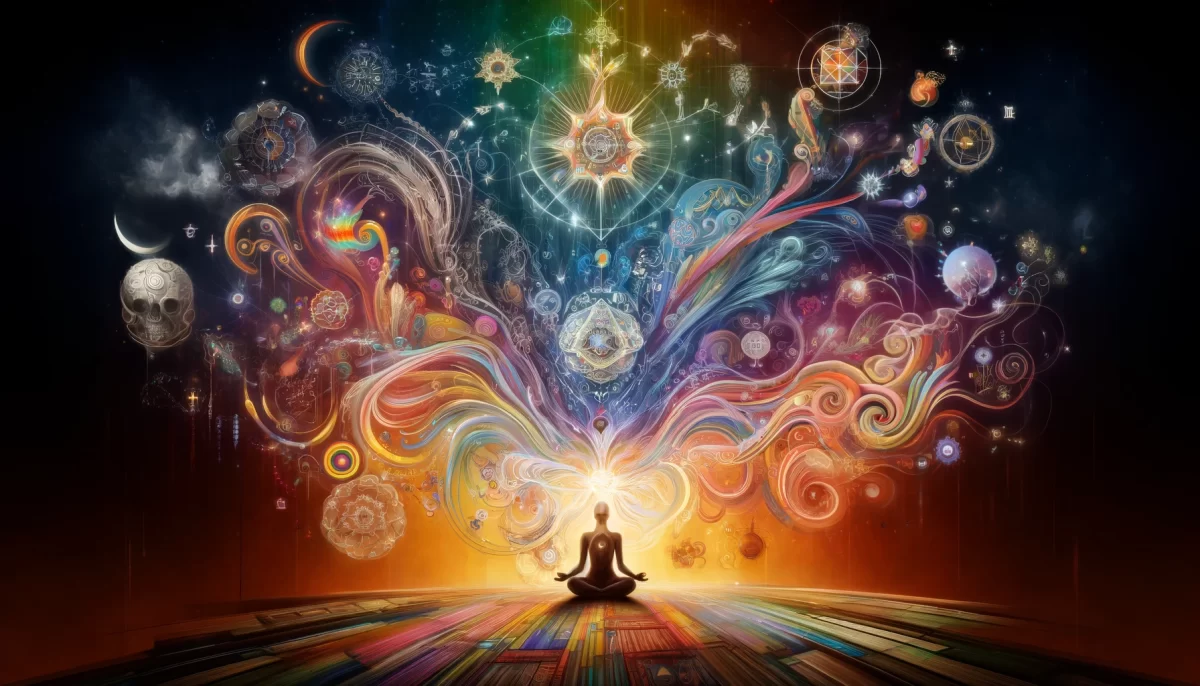
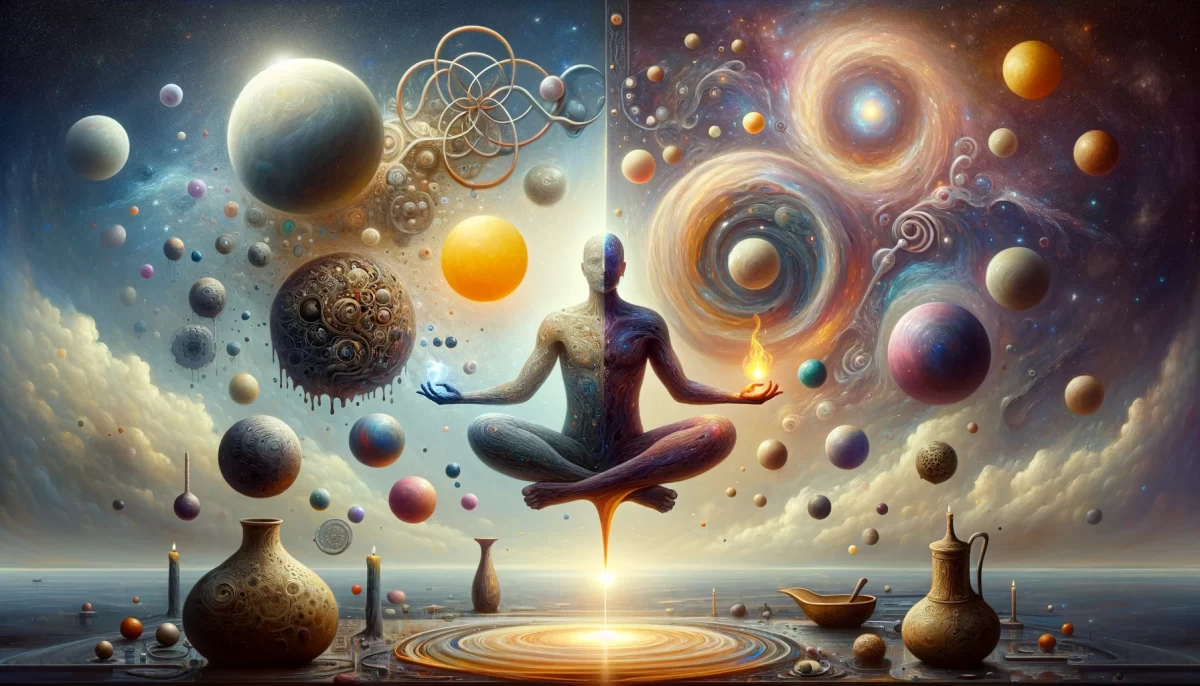

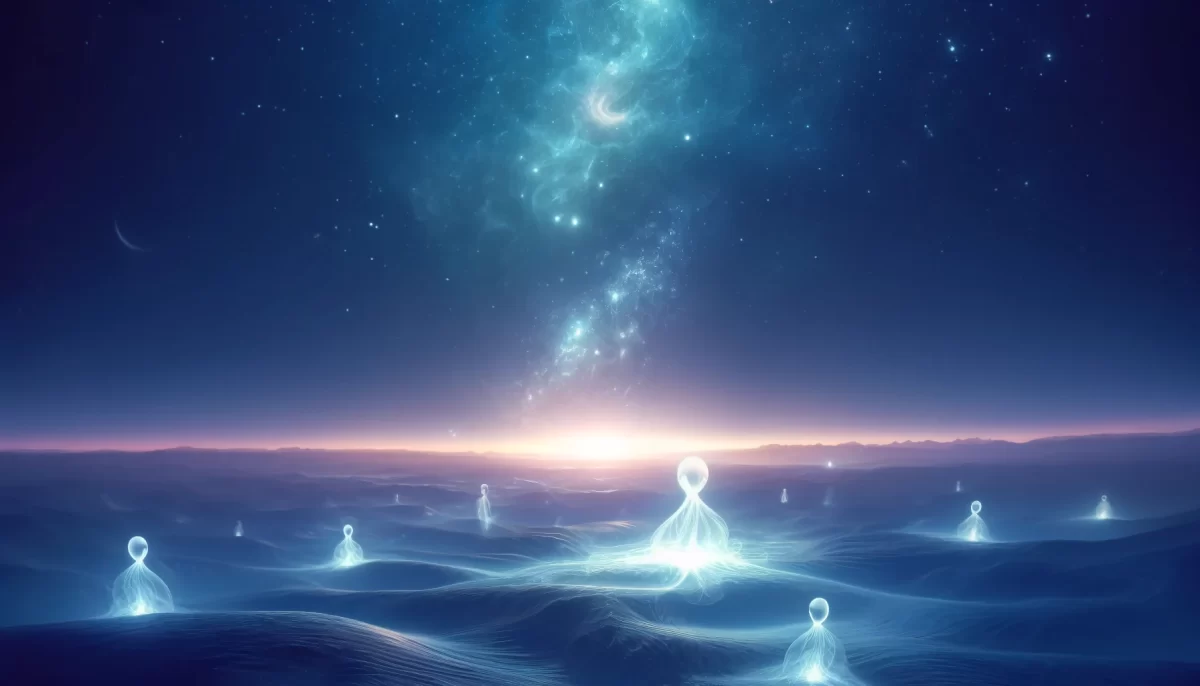

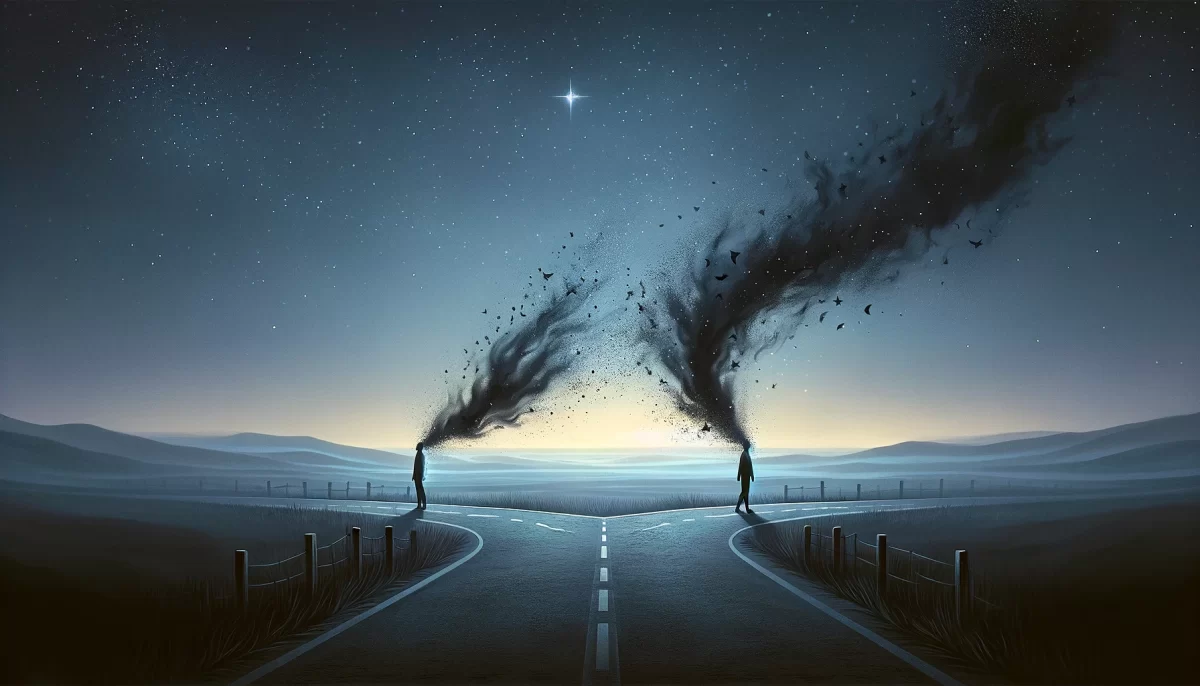
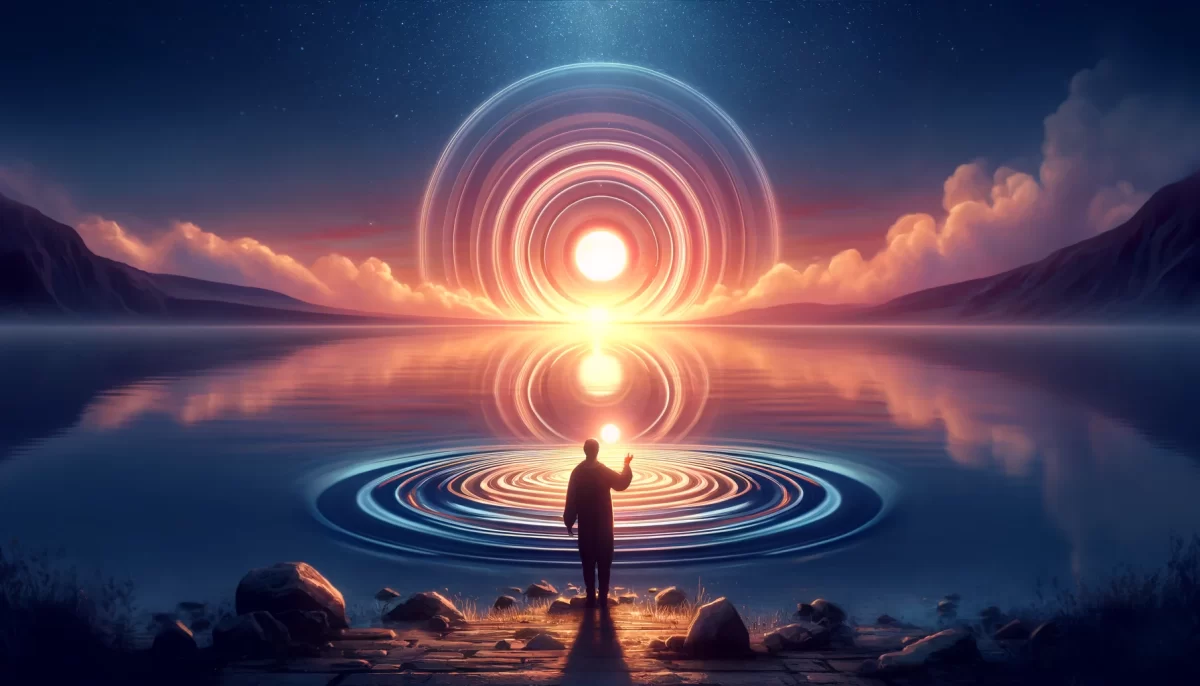




Leave a Reply